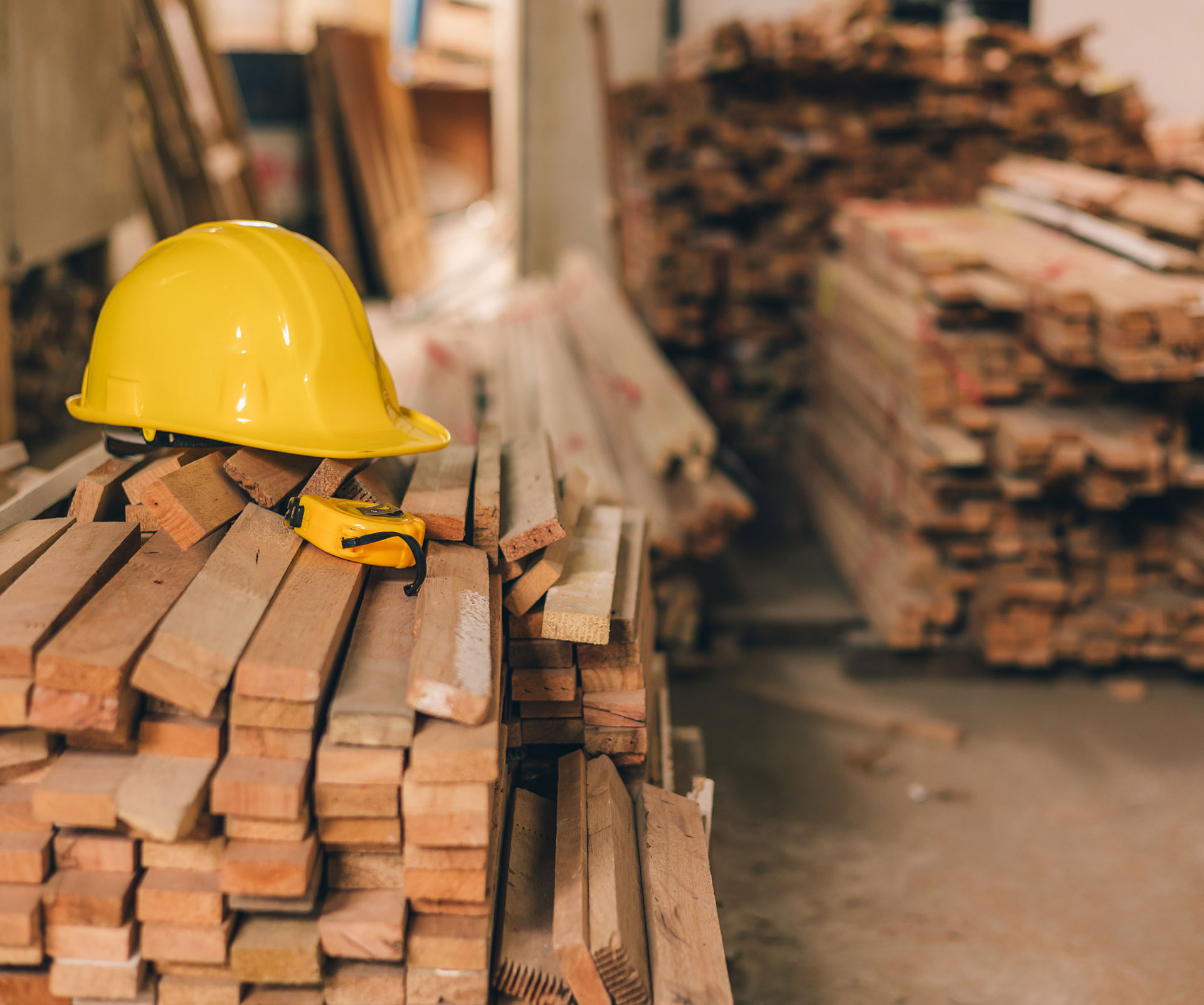In commercial architecture, innovation isn’t just about making things look impressive. It’s about designing spaces that work harder, last longer, and adapt to the changing needs of the people using them.
Whether it’s through sustainable materials, flexible layouts, or smarter construction methods, the right design strategy can dramatically improve a building’s long-term value.
Here’s a look at how forward-thinking materials and techniques are shaping modern commercial spaces, and why they matter when you’re investing in usability, efficiency and future growth.
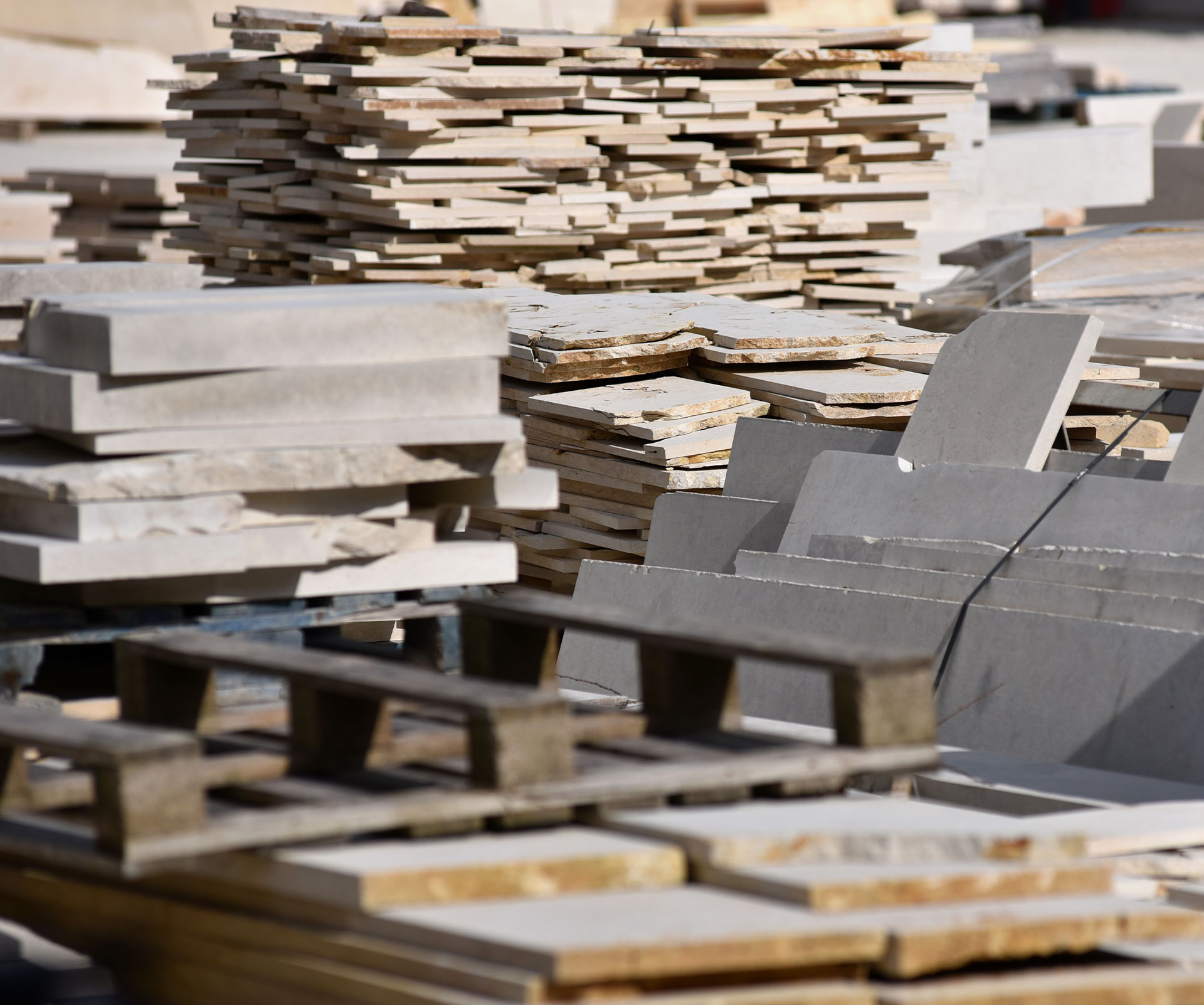
Rethinking materials for performance and longevity
The materials used in a building define more than just its look. They affect energy performance, maintenance costs, acoustics, and how the space feels day to day. That’s why material choices should be as strategic as they are aesthetic.
-
Sustainable choices – From cross-laminated timber to low-carbon concrete, there are now more options than ever for reducing a building’s environmental footprint without compromising on quality or durability. Many of these also come with lifecycle benefits that reduce cost over time.
-
Recycled and re-engineered products – Materials like reclaimed steel or composite cladding can offer high performance with a smaller environmental impact. When used well, they can elevate the look of a project while still meeting stringent building standards.
-
High-performance glazing – Modern commercial spaces often call for large areas of glazing. The right specification can balance natural light with thermal efficiency, reducing heating and cooling loads without creating glare or discomfort for occupants.
Choosing the right materials from day one makes the building easier to manage, more cost-effective to run, and more resilient over time, especially when those choices are rooted in both design intent and technical insight.

Designing for adaptability and flexible use
The most valuable commercial spaces are those that can evolve. Businesses grow, working patterns change, and technology moves fast, so architecture needs to offer more than fixed solutions.
-
Open, modular layouts – These allow tenants to reconfigure space as needed, without the cost and disruption of major refurbishments. It’s especially relevant for office buildings, retail parks, or shared-use developments.
-
Integrated services and future-proofed MEP – Building services should be planned with adaptability in mind. Easy access, expansion capacity, and considered routing of systems like HVAC, lighting, and data all support long-term flexibility.
-
Structure-led thinking – By making structural decisions early (like where to place cores, columns, or load-bearing walls), it’s possible to create much more versatile interior spaces—something tenants and investors alike tend to value.
This kind of flexibility isn’t about compromise. It’s about control. A building that can adapt to different tenants or uses will stay viable and attractive for longer.
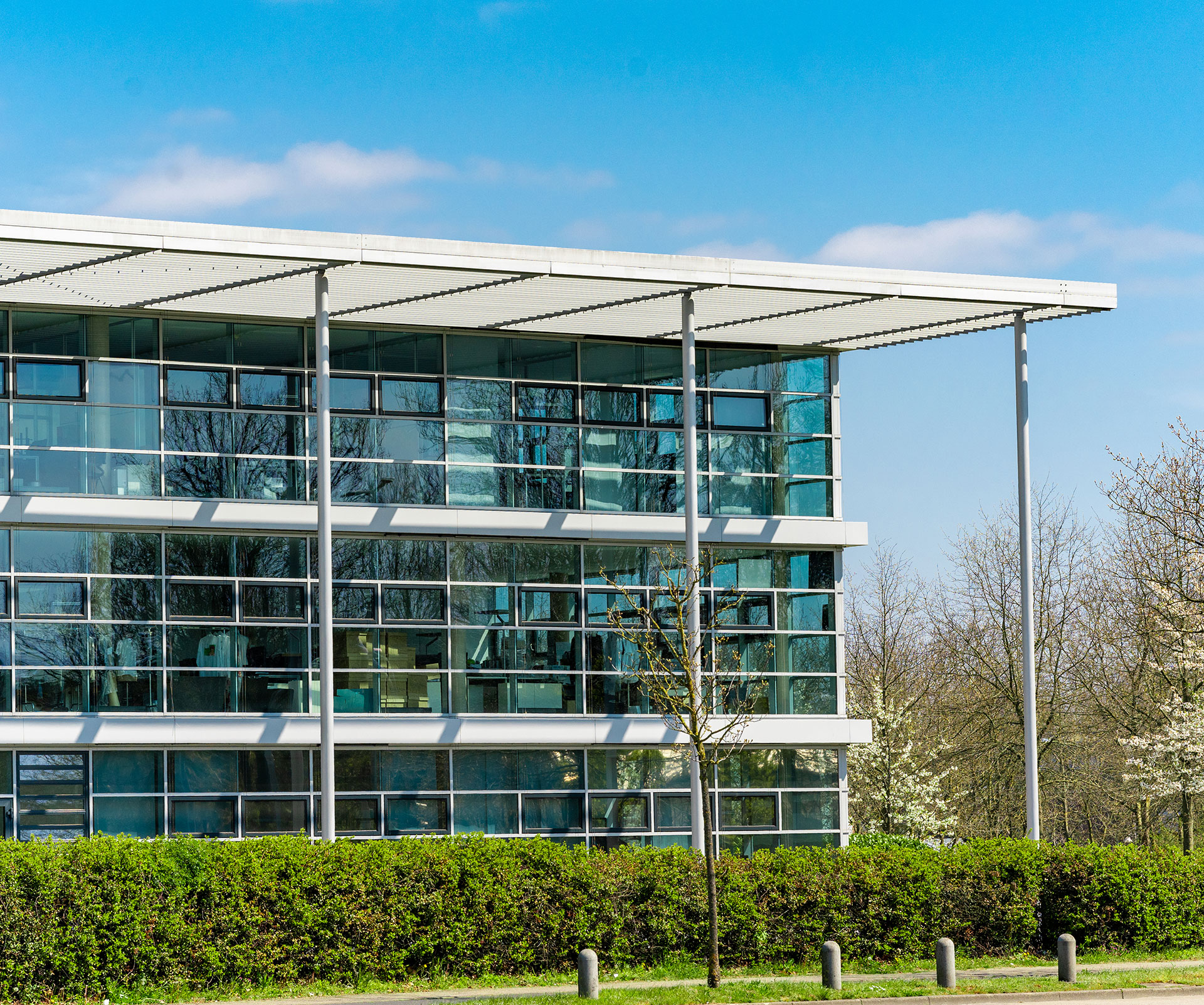
Leveraging digital tools like BIM for smarter design
Modern commercial architectural design isn’t just shaped by what goes on site. It’s driven by what happens long before that. Digital tools like Building Information Modelling (BIM) allow for more accurate planning, better collaboration, and earlier problem-solving.
-
Informed decisions – BIM allows teams to visualise and coordinate every aspect of a project before construction begins. That includes structure, services, sustainability performance, and even how light and heat will behave in the space.
-
Efficient delivery – With a well-structured digital model, clashes between services or design components are caught early. That leads to fewer surprises on site and smoother progress.
-
Better outcomes for clients – For property owners and commercial developers, BIM offers clear benefits: more accurate cost planning, fewer delays, and buildings that perform closer to their intended specification.
It’s not just about technology. It’s about insight. When the design team uses tools like BIM with purpose, the results speak for themselves.
Prioritising sustainability without sacrificing design
There’s no longer a trade-off between environmental responsibility and architectural ambition. Done well, sustainable design can enhance both the look and usability of a commercial space.
-
Passive design strategies – Orientation, shading, ventilation and insulation can all be optimised to reduce energy use, often without adding complexity or cost.
-
Green roofs and living walls – These offer more than visual interest. They can improve insulation, manage rainwater, and support biodiversity, all of which contribute to planning approval and long-term building performance.
-
Low-energy systems and renewables – Technologies like air source heat pumps, solar PV and energy monitoring systems are becoming standard in well-considered commercial schemes. When integrated at the design stage, they offer better performance and aesthetics than bolt-on solutions.
Sustainable buildings are increasingly in demand by tenants, planners and investors alike. And when sustainability is considered from the start, it leads to smarter, more elegant outcomes.
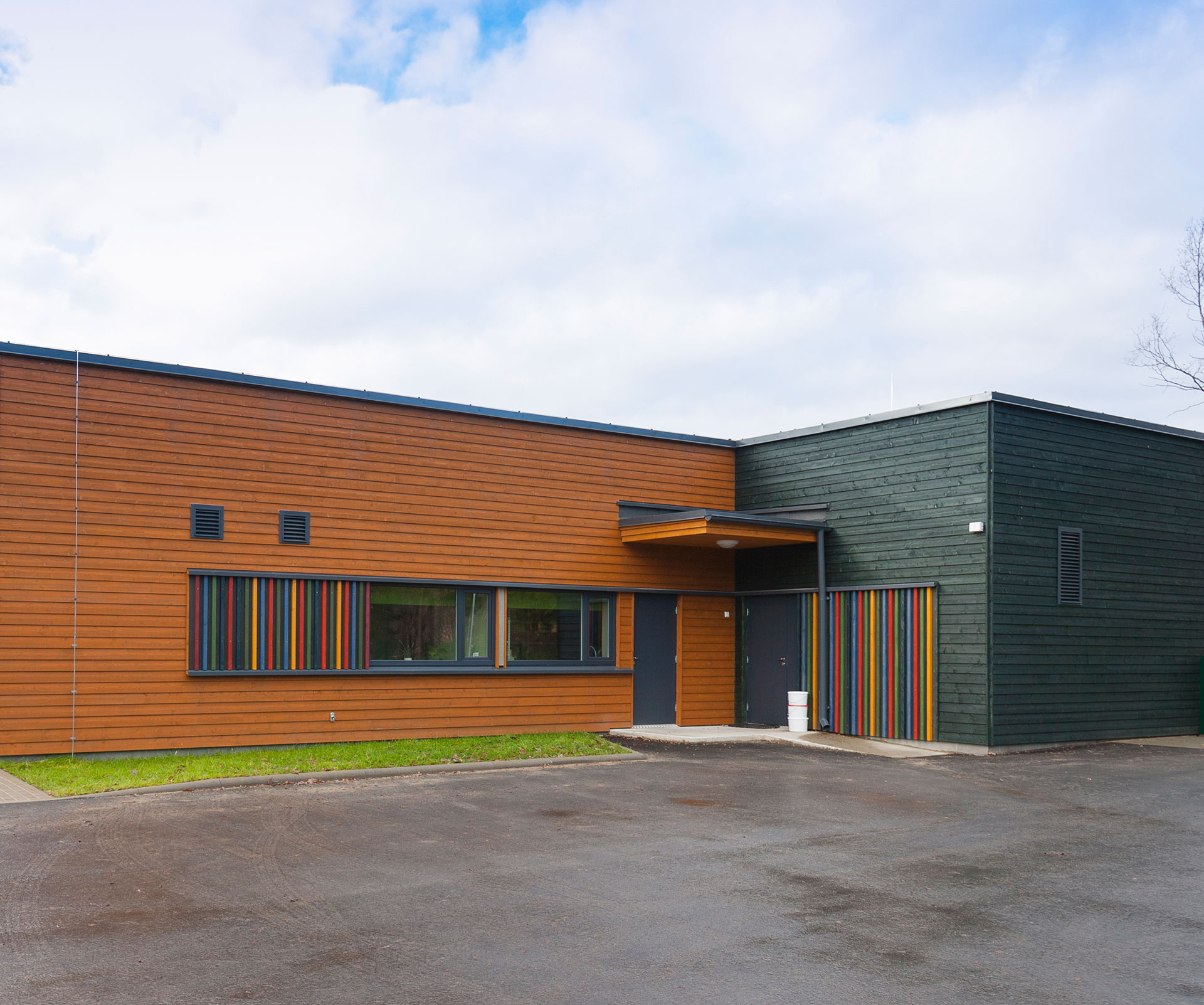
Design that adds long-term commercial value
Every decision in a commercial project should feed into long-term value—whether that’s reduced running costs, easier tenant turnover, or a stronger position in the market. Innovative design and material choices help achieve this by:
-
Making the building more efficient to run
-
Enhancing user experience and wellbeing
-
Supporting planning approvals through environmental and design-led credentials
-
Future-proofing the space for flexible or changing use
-
Strengthening your asset for resale or lease
Design isn’t just a stylistic exercise. It’s a business strategy. When every element is considered with care, the result is a building that performs better in every sense.
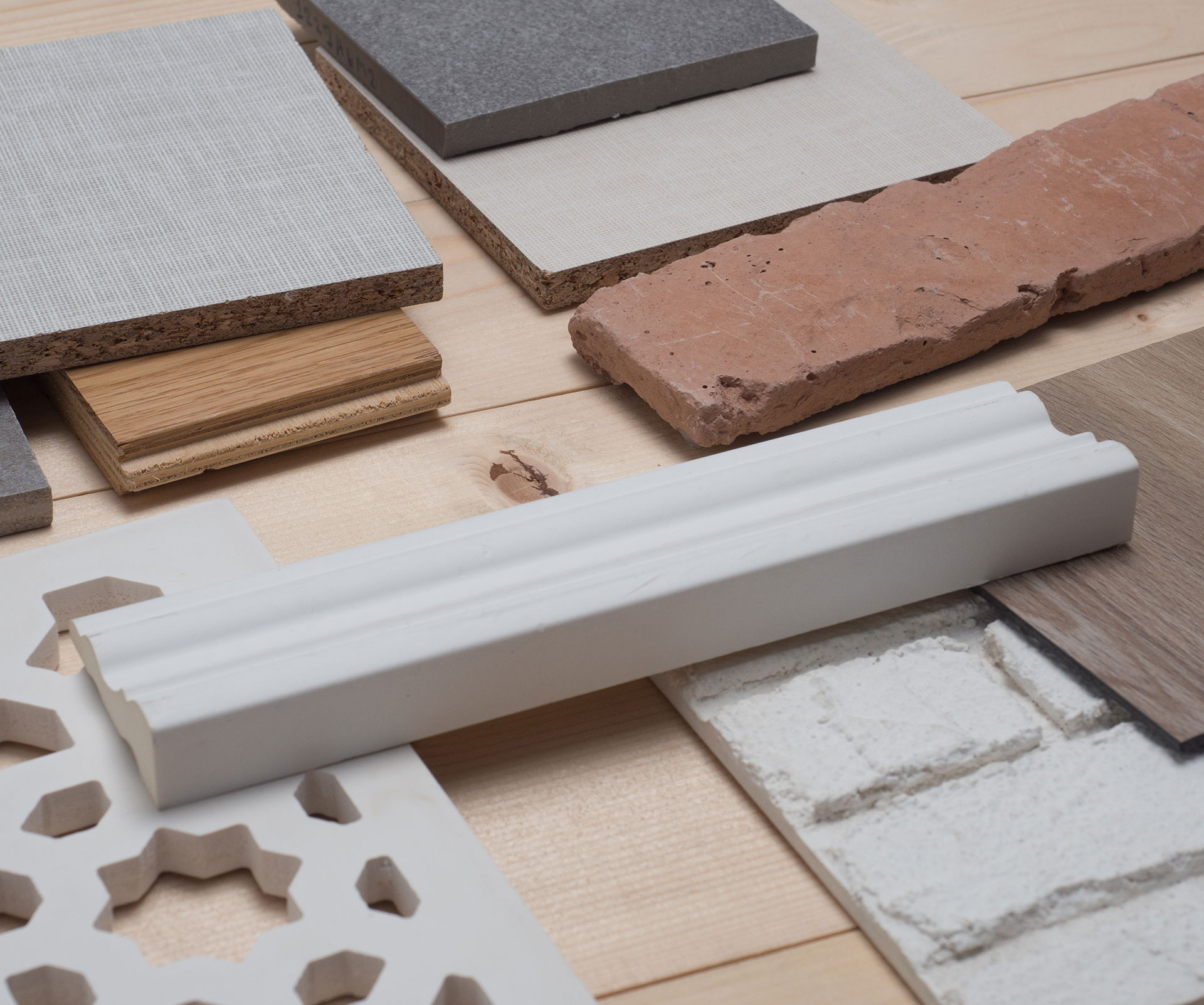
Final thoughts
Innovation in architecture isn’t about chasing trends. It’s about creating spaces that work harder, last longer, and stand out for the right reasons. With the right materials, digital tools and design thinking, commercial buildings can be flexible, sustainable and cost-effective without ever feeling generic.
If you’re working on a commercial site and want to explore what’s possible—whether it’s a new build or the transformation of an existing space—we’d love to hear more.
Get in touch to talk through your plans, your site, and how to get more from your next development.

